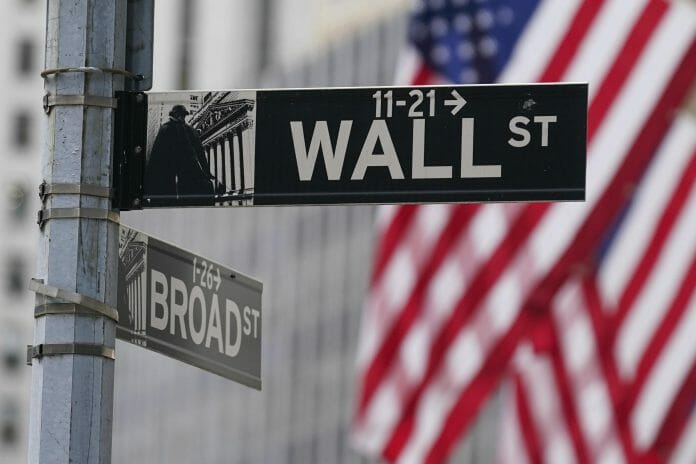U.S. Investors are hoping for a ‘Santa Claus rally’ to soften losses incurred due to a tough year in US stocks and potentially brighten the outlook for 2023.
Without a doubt, the market could use some holiday cheer. In December ― typically a strong month for equities ― the S&P 500 has so far lost around 6 per cent, weighed down by hefty declines in shares of Tesla Inc, Amazon.com Inc and other names that had led markets higher in previous years. The index is down nearly 20 per cent year-to-date and on track for its worst annual performance since 2008.
History shows the market still has a better-than-average chance to pare those losses. US stocks have risen during the last five trading days of December and the first two days of January about 75 per cent of the time, CFRA Research data showed, a pattern attributed to low liquidity, tax-loss harvesting and investing of year-end bonuses.
Following the sharp pullback seen in the previous session, stocks moved mostly higher over the course of the trading day on Friday. The major averages fluctuated after recovering from an early move to the downside but managed to close in positive territory.
The S&P 500 climbed 22.43 points or 0.6 percent to 3,844.82 and the Dow rose 176.44 points or 0.5 percent to 33,203.93, while the tech-heavy Nasdaq edged up 21.74 points or 0.2 percent to 10,497.86 after ending Thursday’s trading at its lowest closing level in well over a month.
For the week, the Dow advanced by 0.9 percent, while the S&P 500 dipped by 0.2 percent and the Nasdaq tumbled by 1.9 percent.
The turnaround by stocks came after revised data from the University of Michigan showed one-year inflation expectations fell by more previously estimated in the month of December.
The report showed one-year inflation expectations in December were downwardly revised to 4.4 percent from 4.6 percent.
One-year inflation expectations were at the lowest level in 18 months, down sharply from 4.9 percent in November.
“Declines in short-run inflation expectations were visible across the distribution of age, income, education, as well as political party identification,” said Surveys of Consumers Director Joanne Hsu..
Five-year inflation expectations in December were also downwardly revised to 2.9 percent from 3.0 percent, which was unchanged from November.
The early weakness on Wall Street came as a closely watched Commerce Department reading on inflation showed consumer price growth slowed by more than expected in the month of November.
The reading on inflation, which is said to be preferred by the Federal Reserve, showed the annual rate of consumer price growth slowed to 5.5 percent in November from an upwardly revised 6.1 percent in October.
Economists had expected the annual rate of consumer price growth to slow to 5.3 percent from the 6.0 percent originally reported for the previous month.
Excluding food and energy prices, annual core consumer price growth slowed to 4.7 percent in November from 5.0 percent in October, in line with economist estimates.
On a monthly basis, consumer prices crept up by 0.1 percent in November after climbing by 0.4 percent in October, while core consumer prices edged up by 0.2 percent in November after rising by 0.3 percent in October.
“Inflation is trending lower, but a return to 2% inflation is far away,” said Oren Klachkin, Lead U.S. Economist at Oxford Economics. “More policy tightening by the Fed early next year is likely.”
Overall trading activity was somewhat subdued, however, as some traders looked to get a head start on the holiday weekend.









